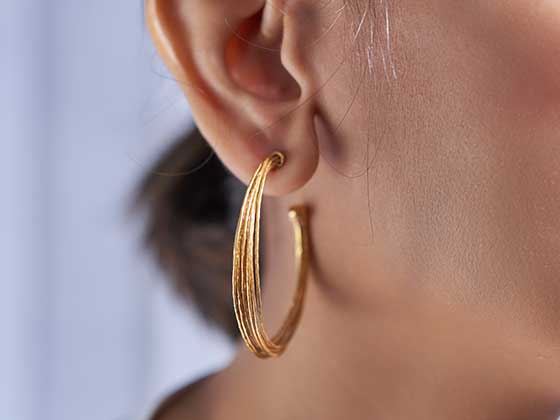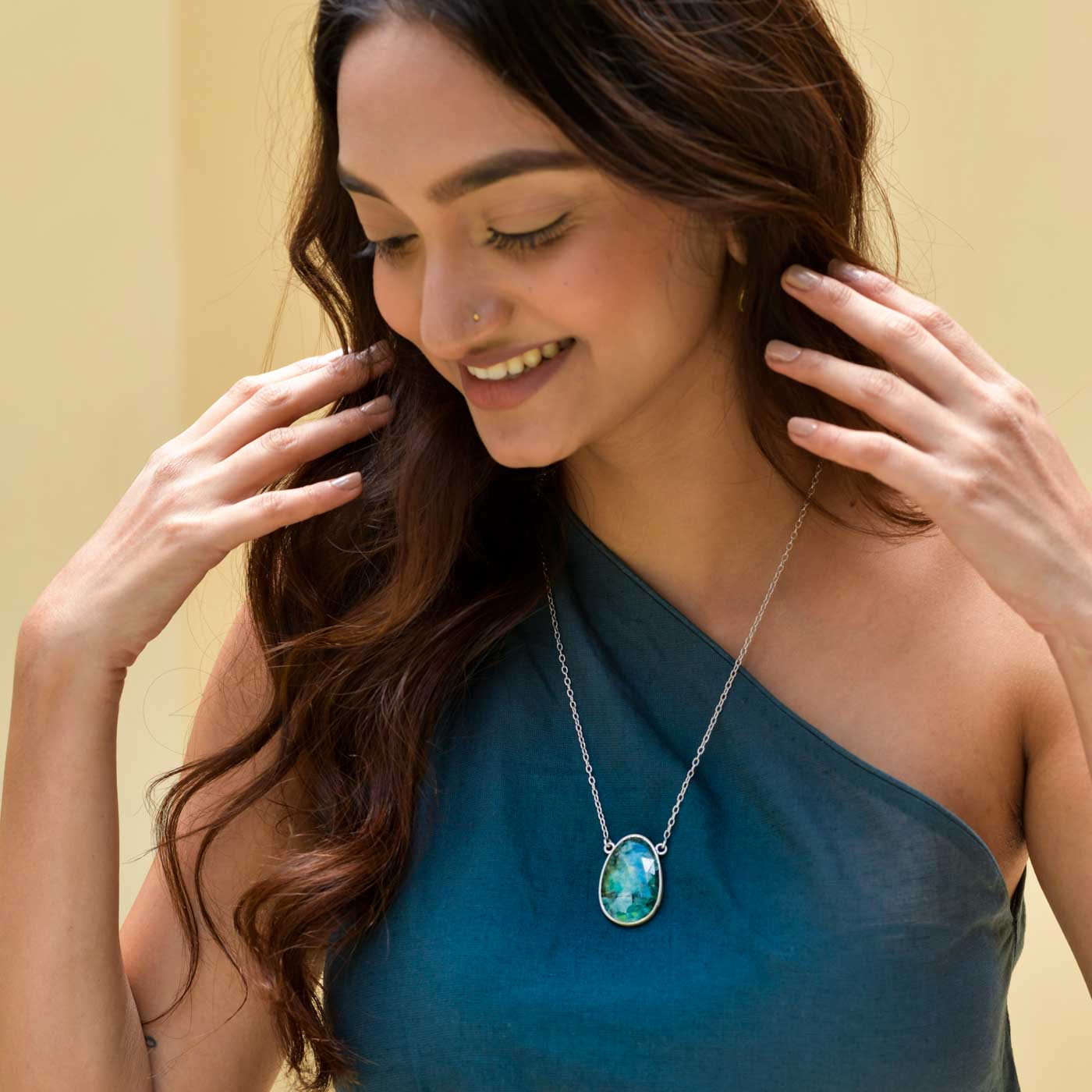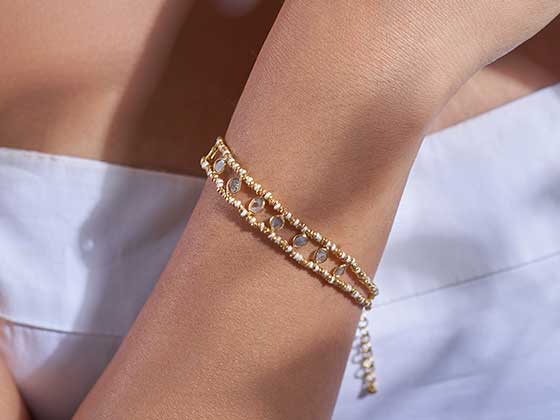History of Indian Traditional Jewellery

The traditional historic Indian jewellery and old-fashioned Indian jewellery foundation are reminiscent of the country's history because both are almost as old as the country itself. It was roughly five thousand years ago that people began to be interested in embellishing themselves. Since the beginning of the journey, the appeal of gemstones and the beauty of Indian women who wear them have not been separated. A female who never liked decorating herself with jewellery is rare in India.
Indian Traditional Designs jewellery

Jewellery in India only has cultural and esthetic value, but also in times of financial crisis, is seen as a safe source. The quantity of gems a woman possesses also means her position and adds to her name richness. Since the beginning, jewellery has been a type of art that evolves. The distinctive design and the effort of manufacture involved in the creation of the complex designs is the beauty of Indian jewellery.
Particular Indian Traditional Jewellery Designs

Indian woman's jewellery was never confined to a specific stone, although it has displayed a variety always. Since time immemorial decorations created from different precious and semi-precious stones such as emeralds, pearls, diamonds, rubies, saphires, etc are used. The diversity of gems produced in India not only suffices to satisfy the sense of aesthetics, but also to meet religious requirements. It is also made expressly for gods and goddesses and even ceremonial animals like elephants, cows and horses, not just human people are decked with joys.
The art of variety of Indian Traditional Jewellery
Since the ancient times, the Royal Class of India has been patronizing Jewellery since the opportunity to have the greatest jewellery works led to fighting. The availability of a broad range of Indian jewelry is attributable mainly to the differences in design according to regional traditional needs, which include the diverse tastes and lives of individuals from different cultures.
The famous jewellery traditional designs in many parts of India provide the Indian jewellery in traditional and modern styles with an enormous range. Tamil Nadu and Kerala's designs for gold jewellery are inspired by nature and Meenakari and Kundan styles are inspired by Mughan's designs.
Jewellery that during marriage was handed to Indian women as a gift is called 'stridhan' which refers to women's wealth. Although in India the jewellery styles of women from various states are very diverse, there are still fundamental pieces of gemstone such as a Mangtika, earrings, nose rings, necklace, mangalsutra and bracelets donned by women in India, particularly the married ones.




